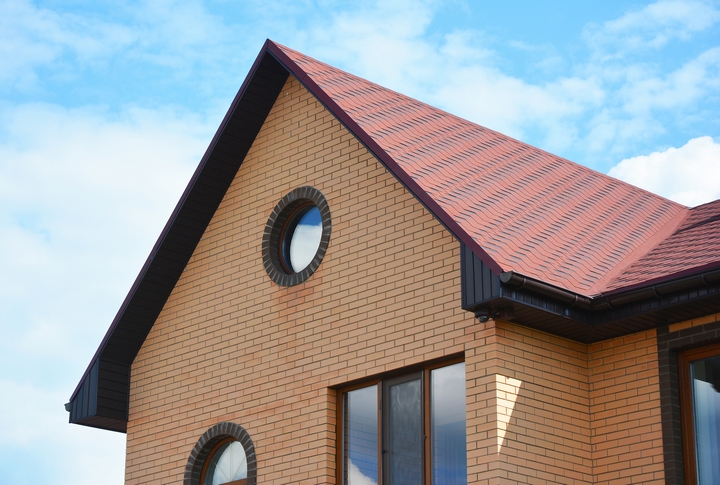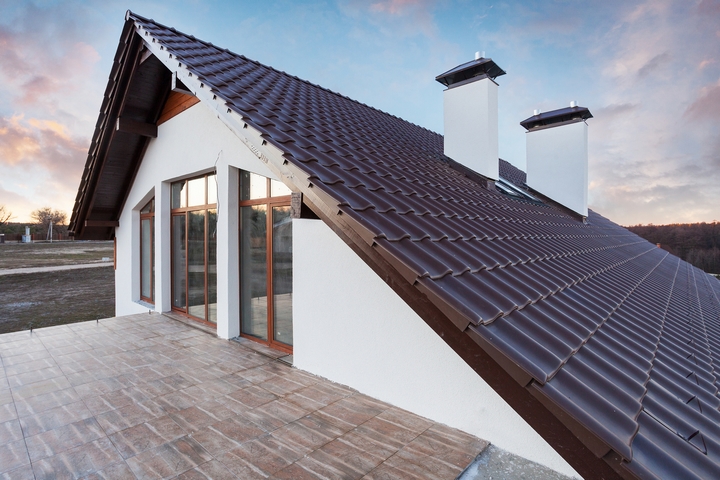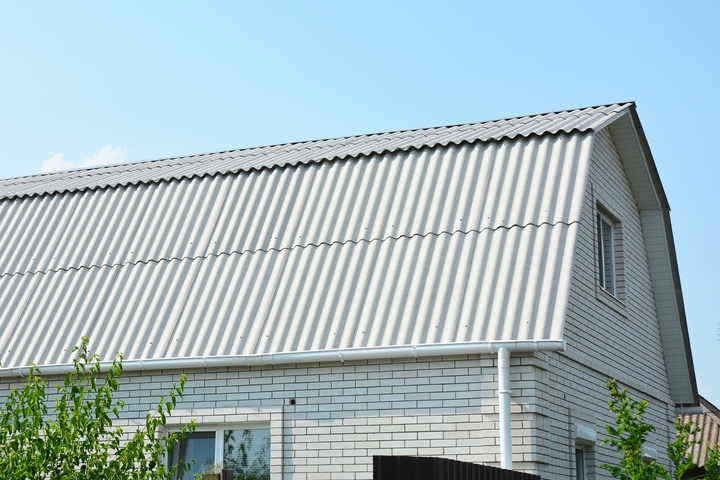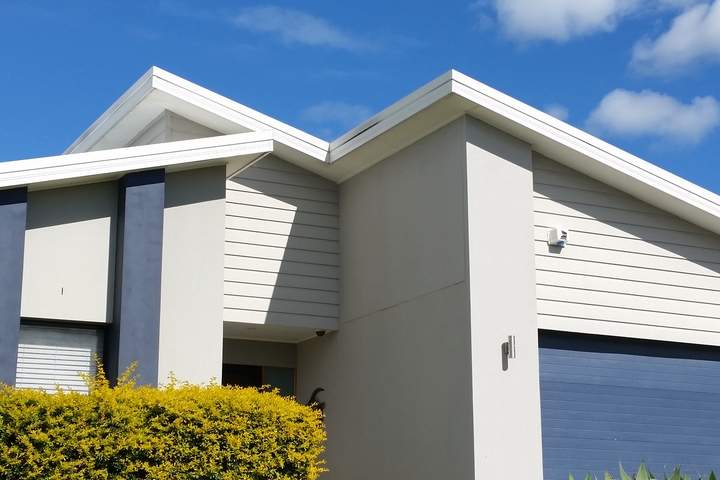There are different types of roofs to choose from when building a new home. They vary in shapes and materials, but they all serve the purpose of protecting you and your family from the elements. Some roofs work better than others in areas with harsh winds. This means the location of your house should help you determine the type of roof you will use.
Below are the different types of roofs for new homes:
1. Gable Roof

This type of roof is the most common. It looks like an inverted ‘V’. You can never go wrong with this type of roof since it easily sheds off water, snow and leaves due to its triangular shape.
It also provides extra living space. But, for an area with really high winds, this type of roof can be problematic. This is because the roof will act like a sail and catch most of the wind. Without adequate support, the roof can literally come off. The wind could also end up peeling off material from the gable roof.
2. Hip Roof

A hip roof has slopes on all sides of the house. All sides are of equal length. They all come together at the top. This type of roof is more stable than the gable roof due to its sides, which slope inwards. For areas that experience high winds, rainfall and snow, this would be a great choice for you due to its stability and the fact that its sides are slanted.
Snow and water easily slide off the roof. A hip roof also gives you more living space. However, it is more expensive to construct than a gable roof due to a complex design that uses more materials.
3. Mansard Roof

Also known as the French roof, a Mansard roof has a flat top and four sloping sides. The slopes can be either curved or flat depending on the architectural design. Courtesy of its shape, a Mansard roof leaves ample living space.
You can use the space like an attic, a study area, or even a bedroom. This type of roof will cost you more than a typical roof due to its unique design, but the additional space makes up for that and increases the resale value of the house.
4. Flat Roof

Just as the name suggests, this type of roof is flat. It only has a slight pitch to allow water runoff. It is used mostly in commercial and industrial buildings, but it is also ideal for a residential house. A flat roof leaves ample outdoor living space that you can convert into a roof garden, or even build a penthouse room. You can also install heating and cooling units on it to keep them out of sight.
Additionally, if you are looking for a place to install solar panels, a flat roof is ideal for this purpose. It is much easier to construct and does not cost as much as other roof types. It uses fewer materials and therefore less labour. However, for areas that experience high rainfall and high snowfall, a flat roof is not ideal since it requires a lot of maintenance. However, although the upfront cost is low, in the long run, the maintenance cost can be extremely high.
5. Skillion Roof

A skillion roof is also known as a shed roof. It is basically a slightly sloping flat roof. It is easy to construct and does not require a lot of materials. Its slope allows it to easily run off water and snow, making it ideal for high rainfall and snowfall areas.
If not for any other reason, the sheer beauty of this roof is a huge attraction to most homeowners. Like the flat roof, you can also install solar panels or heating and cooling units on a skillion roof.
6. Curved Roof

This type is a relative of the skillion roof, but with curves. The curves give it a unique look that is simply breathtaking. The curves can vary depending on your taste. They can be slightly curved or have an arch shape depending on the area the house is in.
If it is in an area with high winds, a slight curve will be a good idea; but if the area has a lot of rainfall and snow, an arch shape is the best option. This type of roof can either be used on a certain section of the house, such as the entrance, or on the whole house. The cost, in this case, depends on the complexity of the design.
Beyond the materials and design of your home, the type of roof you settle for has a great bearing on the appearance and value of your home. While function is a key consideration when selecting a roof type, the aesthetics and beauty issues are equally important.

